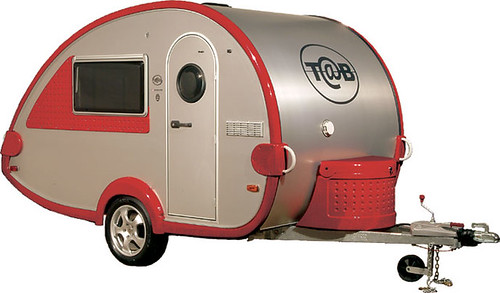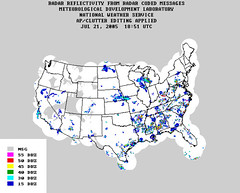Tips - Camp fire building
There are plenty of sources that tell you how to make a fire. There are plenty of books on camping, Boy Scout Handbooks and websites all describe firebuilding, or woodcraft, in one way or another. But I still had a time of getting a good campfire going. If the wood was dry then it would start right up, but often turn to smoldering logs quickly. Or we would have nothing available but wet wood. And then there’s the “fire ring”, which just as often as not is an overturned truck wheel rim. Half of the time I just struggled to get the fire going and the other half keeping it going. Sure I knew that a fire needs fuel, it needs air and it needs heat, but I still almost always came up short.
My able bodied camping assistant had to stand by and watch me curse and throw chunks of wood as I fought to prove that I was a real camper! She decided to take matters into her own hands and got me a book. GASP, did I really need a book on camp fires?? Well, this book isn’t about camp fires, it’s called Camp Cookery, by Horace Kephart and it was originally published in 1910. Keep in mind that this was when people (mostly men) went camping to go way back into the wilderness to shoot or catch something to eat. It covers camp cooking tools, such as the reflector oven and folding broiler. Mr. Kephart advocates a lot of lard and has a chapter on cooking fresh killed game, like bear and squirrel. But the chapter on building fires is invaluable.
Let me quote Mr. Kephart on starting a fire to cook a quick meal: “…gather a small armful of sound, dry twigs from the size of a lead pencil to your finger…Select your three best…shave them almost thru (they will look like a Christmas tree-ed.) …stand these in a tripod…build a conical wigwam of the other sticks (over these)”. I did this on our last camping trip, and then place split wood in a log cabin fashion around the teepee. I lit it off and within a couple of minutes had a roaring fire with no further tinkering. The same thing happened whenever I built a fire, every time. I was sold! The rest of the chapter talks about the differences between a cook fire and a camp fire. It also describes what woods are good and for what situations. This chapter alone makes the whole book worth acquiring if you’re serious about your campfire.
A really nicely printed and bound edition can be gotten at Lee Valley.
It is also available at Amazon.
My able bodied camping assistant had to stand by and watch me curse and throw chunks of wood as I fought to prove that I was a real camper! She decided to take matters into her own hands and got me a book. GASP, did I really need a book on camp fires?? Well, this book isn’t about camp fires, it’s called Camp Cookery, by Horace Kephart and it was originally published in 1910. Keep in mind that this was when people (mostly men) went camping to go way back into the wilderness to shoot or catch something to eat. It covers camp cooking tools, such as the reflector oven and folding broiler. Mr. Kephart advocates a lot of lard and has a chapter on cooking fresh killed game, like bear and squirrel. But the chapter on building fires is invaluable.
Let me quote Mr. Kephart on starting a fire to cook a quick meal: “…gather a small armful of sound, dry twigs from the size of a lead pencil to your finger…Select your three best…shave them almost thru (they will look like a Christmas tree-ed.) …stand these in a tripod…build a conical wigwam of the other sticks (over these)”. I did this on our last camping trip, and then place split wood in a log cabin fashion around the teepee. I lit it off and within a couple of minutes had a roaring fire with no further tinkering. The same thing happened whenever I built a fire, every time. I was sold! The rest of the chapter talks about the differences between a cook fire and a camp fire. It also describes what woods are good and for what situations. This chapter alone makes the whole book worth acquiring if you’re serious about your campfire.
A really nicely printed and bound edition can be gotten at Lee Valley.
It is also available at Amazon.
 Before we bought our travel trailer, I was somewhat intrigued by the vintage teardrop campers I saw on a TV show. I still think they're cool and perfect for a couple or a 3 person family who really want to travel light. If you are OK with the one minus to the camper - size - then the pluses really add up. What's even better is that there are several really nice models being made right now and some are downright cool. There are even resources for do-it yourselfers to make their own.
Before we bought our travel trailer, I was somewhat intrigued by the vintage teardrop campers I saw on a TV show. I still think they're cool and perfect for a couple or a 3 person family who really want to travel light. If you are OK with the one minus to the camper - size - then the pluses really add up. What's even better is that there are several really nice models being made right now and some are downright cool. There are even resources for do-it yourselfers to make their own. These days you can access weather information through just about everything - TV, radio, weather radio, cell phones, websites, and even
These days you can access weather information through just about everything - TV, radio, weather radio, cell phones, websites, and even 
